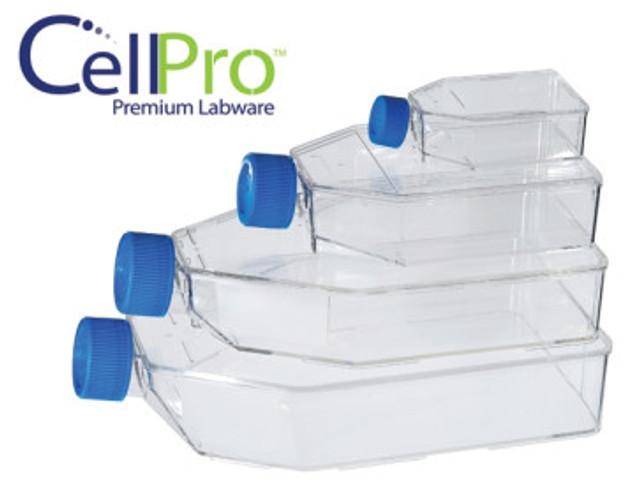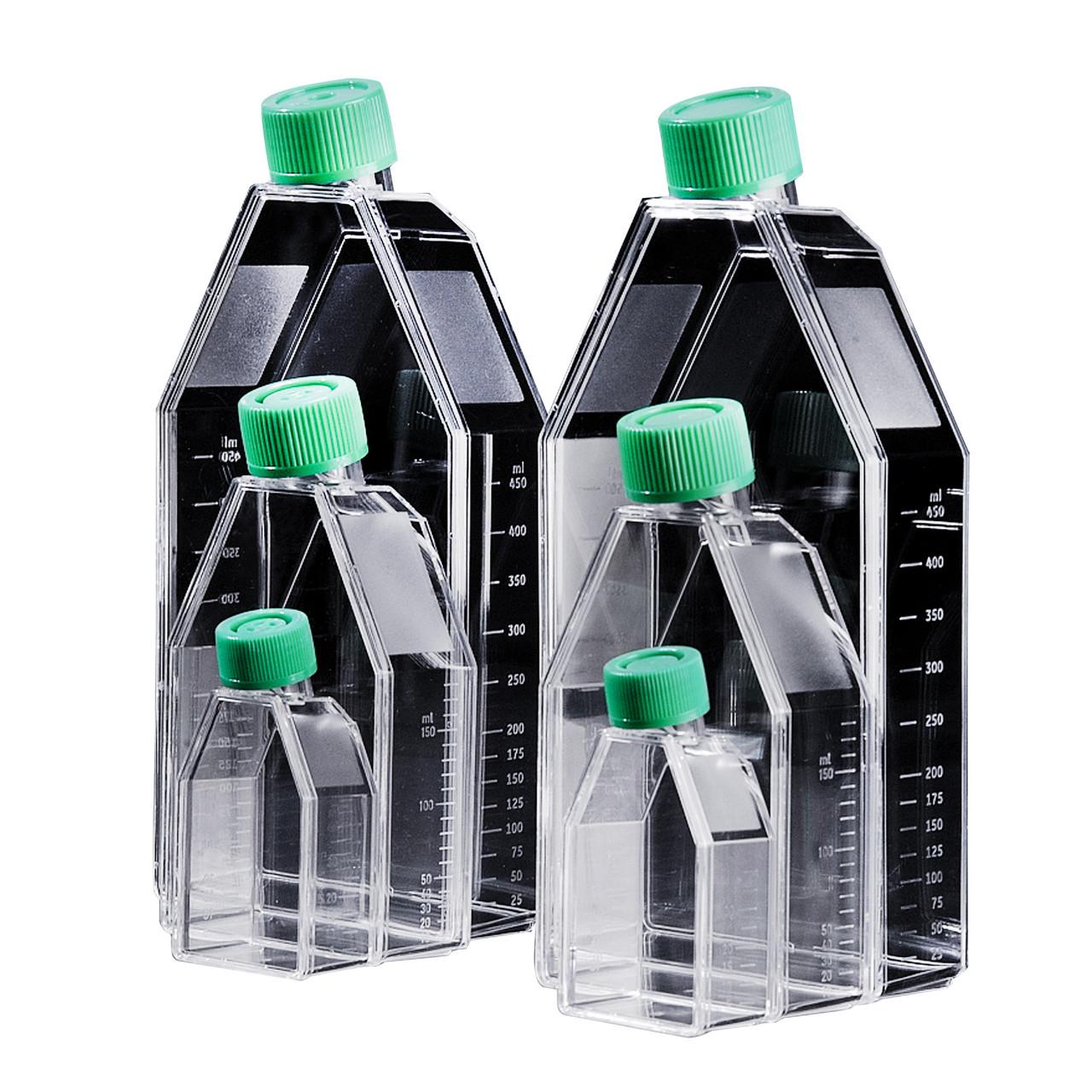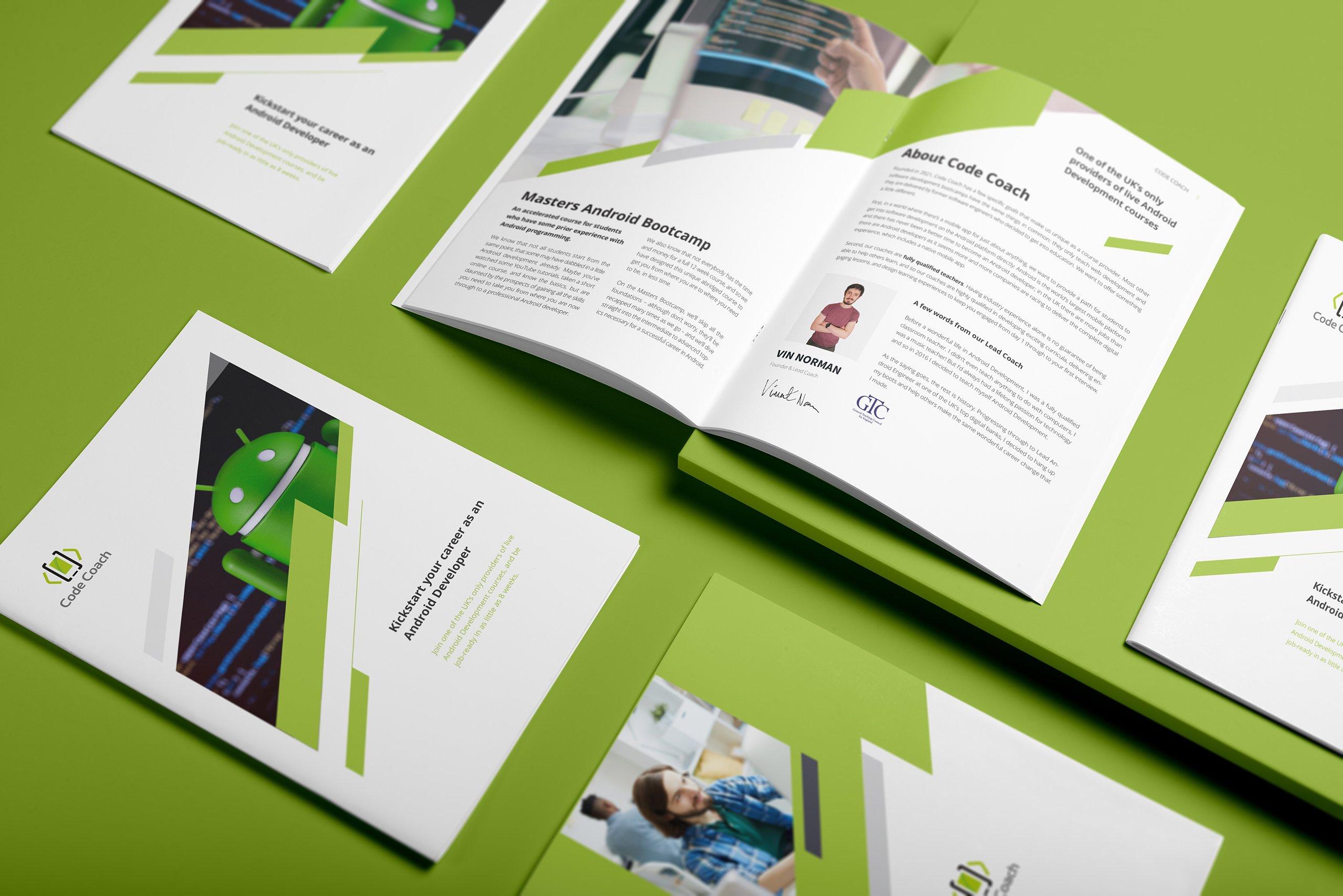Are you curious about the best methods that have the potential to extend the lifespan of your lab tools? Everything, like tools, machines, and more, needs proper care and maintenance to achieve optimal results and increase its lifespan. In the realm of laboratory research, lab caps and flasks are indispensable tools. They play a crucial role in storing and protecting valuable samples and reagents. However, the lifespan of these essential items can be shortened if not properly cared for. In this blog, we’ll explore some simple yet effective tips to extend the lifespan of these tools, ensuring they remain reliable and functional for longer periods.
Understanding Lab Caps and Flasks
These lab tools come in various shapes, sizes, and materials, each designed for specific purposes. Caps are used to seal containers tightly, preventing contamination and evaporation, while flasks are used for mixing, storing, and measuring liquids. Common materials for these items include plastic, glass, and sometimes metal, each offering unique advantages and considerations for maintenance.
Tip 1: Proper Cleaning and Sterilization:
One of the most important steps in extending the lifespan of lab tools is proper cleaning and sterilization. After each use, it’s essential to thoroughly rinse them with distilled water to remove any residue or contaminants. For more stubborn residues, a gentle detergent solution or specialized cleaning agents can be used. Once cleaned, sterilize these tools using methods such as autoclaving or chemical sterilization, following manufacturer guidelines to ensure effectiveness without damaging the materials.
Tip 2: Handle with Care:
Lab caps and flasks may seem sturdy, but they can be fragile if mishandled. Avoid dropping or banging them against hard surfaces, as this can lead to cracks or chips that compromise their integrity. When handling them, always use proper gripping techniques and be mindful of their delicate nature. Additionally, refrain from using excessive force when tightening caps onto flasks, as this can cause threading damage or deformation over time.
Tip 3: Storage Considerations:

Proper storage is key to maintaining the quality of lab tools. Store them in designated areas away from direct sunlight, extreme temperatures, and moisture. Exposure to these elements can weaken materials and lead to degradation. Furthermore, consider using racks or shelves with cushioned surfaces to prevent accidental damage during storage. Organizing these tools according to size and type can also streamline workflow and minimize handling errors.
Tip 4: Regular Inspection and Maintenance:
Regular inspection is crucial for identifying any signs of wear or damage early on. Before each use, visually inspect these lab tools for cracks, chips, or other defects that may compromise their performance. Replace any damaged items immediately to prevent contamination or sample loss. Additionally, perform routine maintenance tasks such as lubricating cap threads or replacing worn-out seals to ensure proper sealing and prevent leaks.
Tip 5: Use Compatible Materials and Reagents:
Choosing the right materials and reagents for your lab tools can significantly impact their lifespan. Be mindful of compatibility issues between the materials of the caps and flasks and the substances they will come into contact with. For example, certain chemicals may react with specific plastics or coatings, leading to degradation or contamination. Always refer to the material compatibility charts manufacturers provide and use appropriate alternatives when necessary.
Tip 6: Invest in Quality Products:
While it may be tempting to opt for cheaper alternatives, investing in high-quality lab tools can pay off in the long run. Quality products are often more durable and resistant to wear and tear, offering better performance and reliability over time. Look for reputable suppliers known for their adherence to strict quality standards and product certifications. While the initial cost may be higher, the longevity and performance of premium labware justify the investment.
How to Achieve Optimal Lab Research Results with Caps and Flasks

Achieving optimal lab research results relies heavily on the effective use of lab caps and flasks. These essential tools play a crucial role in maintaining the integrity of samples and reagents throughout experiments.
To ensure the best outcomes, start by selecting the right type of lab tools for your specific research needs. Consider factors such as material compatibility, volume requirements, and sealing mechanisms.
Once you have the appropriate labware, it’s essential to handle it with care. Avoid rough handling or excessive force when tightening caps to prevent damage and maintain a proper seal.
Proper cleaning and sterilization are also vital steps in achieving optimal results. Thoroughly clean and sterilize these tools before each use to eliminate contaminants and minimize the risk of contamination.
Regular inspection and maintenance help identify any signs of wear or damage early on, allowing for timely replacements or repairs.
By following these simple guidelines, you can maximize the reliability and accuracy of your lab research results while ensuring the longevity of your lab tools.
Conclusion
In laboratory research, proper maintenance and care are essential for prolonging the lifespan of essential tools like lab caps and flasks. By following the tips outlined in this blog, you can ensure that your labware remains in optimal condition, safeguarding your valuable samples and reagents while minimizing the risk of contamination or sample loss. Remember, a little attention to detail goes a long way in preserving the functionality and reliability of your lab equipment.






